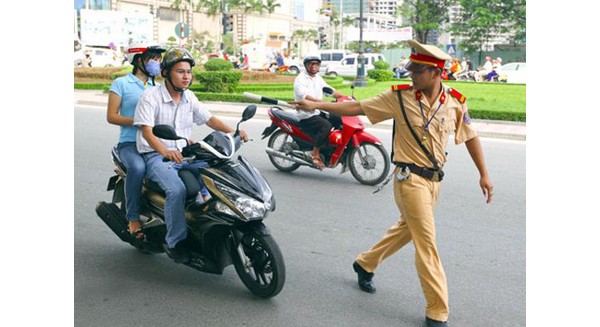Recently, the Office of the President held a press conference to announce the Order of the President on the publication of 12 Laws, including the amended Railway Law. The 2017 Railway Law consists of 10 chapters and 87 articles, increasing by 2 chapters and decreasing by 27 articles compared to the 2005 Railway Law. It contains comprehensive regulations governing all activities in the railway sector, playing an important role and having a significant impact on the development of the railway industry in particular and socio-economic development in general. The Law takes effect from July 1, 2018.
Priority Allocation of Budget Capital for Railway Infrastructure Development
Referring to the Railway Law 2017, Deputy Minister of the Ministry of Transport Nguyen Van Cong stated that the railway sector is the weakest link in transport. Therefore, the revision of this law plays a crucial role in the development of the railway industry.
According to the Deputy Minister, the Railway Law 2017 has 9 new points. Firstly, the railway development policy has been comprehensively and detailedly supplemented in areas such as railway infrastructure investment and construction, railway business, railway industry, and specialized railway development. Particularly, there is a policy to prioritize the allocation of central government budget in the public investment plan to ensure the development of national railway infrastructure. The second new point concerns railway infrastructure stipulated in Chapter II of the law. The law supplements specific provisions regarding entities in state management of railway infrastructure assets; the entity responsible for managing railway infrastructure assets is the state management agency. The Ministry of Transport performs the function of representing the owner of railway infrastructure assets invested by the State. Provincial-level People's Committees perform the function of representing the owner of urban infrastructure assets.
The third significant point pertains to the development of the railway industry outlined in Section 1, Chapter III. This is a new provision added to the law, including requirements for the development of the railway industry, railway industry investment, research, application of scientific technology, training for human resource development, technology transfer, etc. The fourth new point relates to railway transport vehicles stipulated in Section 2, Chapter III, the law supplements provisions regarding the service life of railway transport vehicles. However, it will be implemented in a roadmap to ensure it does not affect the operations of railway transport businesses. This content is specifically regulated by the Government of Vietnam.
Businesses Can Determine Prices of Railway Services They Invest
The fifth new point is the provision regarding fees and usage prices of railway infrastructure stipulated in Article 66. The revised law adds a mechanism for the price of using railway infrastructure. Fees for directly related railway infrastructure use to train operations apply to the method of handing over the usage of railway infrastructure assets invested by the State. As for the price of using railway infrastructure directly related to train operations, it applies to the method of leasing or transferring the usage rights for a definite time of railway infrastructure assets invested by the State.
Next, regarding the price of railway transport operation services stipulated in Article 67, it clearly determines the price of railway transport operation services to operate trains in stations, on lines, or in railway sections. At the same time, it clearly defines the responsibility and authority of the Ministry of Transport in deciding the price of railway transport operation services on railway infrastructure invested by the State. Organizations and individuals can decide on the price of railway transport operation services on railway infrastructure they have invested in.
The seventh new point concerns support for railway business enterprises in performing special tasks and social welfare stipulated in Article 68. The law adds provisions on state support for railway business enterprises in cases of transport serving special tasks and social security, ensuring to cover all reasonable costs of the enterprise.
The eighth new point is that the law dedicates an entire chapter (Chapter VII) to urban railways, specifically supplementing provisions concerning the general requirements for urban railways, the rights and obligations of urban railway business enterprises, the ticket control system, urban railway safety management, requirements for urban railway infrastructure, and the responsibilities of provincial-level People's Committees in urban railway investment and management.
Finally, the law also dedicates a chapter (Chapter VIII) to high-speed railways. This is a completely new point not present in the Law 2005. It includes general requirements for high-speed railways, policies for high-speed railway development, requirements for high-speed railway infrastructure, management, operation, maintenance, and high-speed railway safety management. "These contents are the first legal basis for our country's high-speed railway investment activities in the upcoming time," Deputy Minister Cong affirmed.
Source: Vietnam Railways Corporation
 Article table of contents
Article table of contents





.Medium.png)
.Medium.png)
.Medium.png)
.Medium.png)
